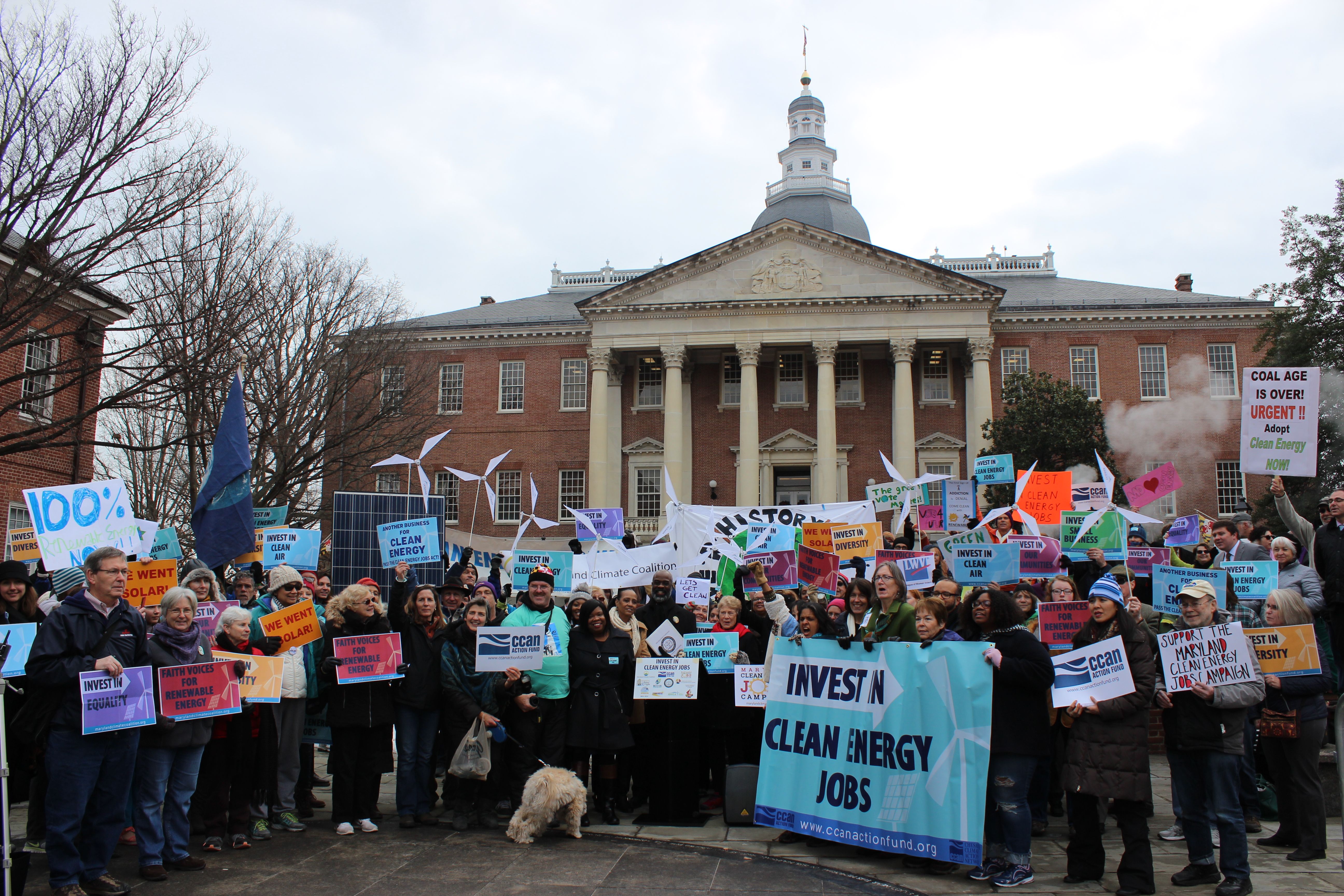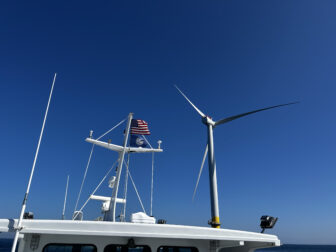Originally published on the Baltimore Sun
Over the last decade, power generated by wind and solar has become a growing portion of Maryland’s electricity each year. More people now work in Maryland’s wind and solar industries — over 5,500 — than the state’s crab industry, and in 2017 alone wind energy generation avoided 1.1 million metric tons of CO2 pollution in the state.
As representatives of solar and wind companies that power Maryland’s homes and businesses, we can say unequivocally that Maryland’s Renewable Portfolio Standard (RPS) has been the single biggest factor in the growth of these clean energy sources.
Yet, in spite of these facts, a new report by the Chesapeake Physicians for Social Responsibility (CPSR) entitled “Unbundled: How Renewable Energy Credits Undermine Maryland’s Transition to Clean, Renewable Energy,” incorrectly claims that Maryland’s energy policy is causing the state to go backward on building a clean energy economy. These inaccuracies have been echoed by Food and Water Watch, who puzzlingly gives Maryland, a leader in renewable energy policy, an “F” grade when 21 other states lack an RPS policy to begin with. Worse yet, misinformation about the RPS and its expansion threatens the jobs created and environmental progress we have made to date.
It is the consensus view of a broad coalition of renewable energy companies that CPSR’s conclusions are based on misinformed analysis and a failure to account for key aspects of Maryland’s RPS. We are writing on behalf of that coalition, which includes the American Wind Energy Association (AWEA), the Mid-Atlantic Renewable Energy Coalition (MAREC), the Maryland-D.C.-Virginia Solar Energy Coalition (MDV-SEIA) and the Maryland Utility Scale Solar Energy Coalition (USSEC).
CPSR’s report diverges from a broad consensus that RPS policies efficiently drive the development of new renewable energy projects. This virtually universal view is confirmed by the renewables industry and studies from U.S. national labs. Maryland’s RPS is achieved with a cost-efficient mix of renewable resources including in-state solar and wind projects along with renewable energy credits called RECs, which represent the environmental attributes of clean energy generation.
In a July report, economists at the well-regarded Brattle Group concluded that regional trading of unbundled RECs is one of the “most promising opportunities to use markets to meet states’ and customers’ environmental goals.” Brattle concludes that “States that work together…to express their goals in a resource-neutral and market-based fashion will be able to achieve more ambitious outcomes at a lower cost to ratepayers.”
Black liquor is a mix of chemicals and wood waste left over from the paper making process and Maryland legislators have declared burning black liquor a “renewable” energy source. But, according to some environmental advocates, burning black liquor isn’t clean.
Maryland’s electricity grid does not stop at state lines. Across the “PJM” power grid, which covers the mid-Atlantic, including Maryland and parts of the Midwest, RECs help new renewables displace power plants that pollute upwind of Maryland, helping clean our air even when renewable electricity is generated out of state. In that way, RECs help achieve the environmental benefits of Maryland’s RPS at the lowest cost to consumers.
RECs help efficiently manage renewable supply and demand across our region in the same way banks enable us to deposit $20 at one branch and withdraw it at another. It’s a different $20 bill, but that’s irrelevant; we still have $20. CPSR’s critique of unbundled RECs is analogous to insisting that the $20 bill we withdrew be identical to the one we deposited across town, a pointless and inefficient system with hugely negative implications for ratepayers.
CPSR’s report also significantly exaggerates both the compliance cost and the non-renewable content of the RPS, particularly as policymakers consider an RPS expansion via the Maryland Clean Energy Jobs Act (MCEJA) that specifically addresses those issues.
MCEJA would double Maryland’s commitment to renewable power, increase in-state solar and offshore wind, remove waste incineration from the RPS and introduce much lower compliance cost caps. MCEJA has been endorsed by all of Maryland’s renewable energy industry groups, scores of businesses and nonprofits and hundreds of political candidates. MCEJA was co-sponsored by a majority of Maryland’s legislature in 2018 and will be reintroduced in 2019. By improving on the success of the existing RPS, MCEJA is a practical and cost-effective approach to adding more wind and solar that will grow the state’s economy and help clean the air, compared to policies advocated by CPSR and Food and Water Watch, which call for completely overturning the existing RPS structure.
The renewable energy industry applauds Maryland’s lawmakers for their work to implement the existing RPS and we stand ready to work with them to make this successful policy even better for Marylanders through the Maryland Clean Energy Jobs Act.
Bruce Burcat (marec.org@gmail.com) is executive director of the Mid-Atlantic Renewable Energy Coalition (MAREC). David Murray, executive director of the Maryland-D.C.-Virginia Solar Energy Coalition; Andrew Gohn, Eastern region director of state affairs for the American Wind Energy Association (AWEA); and Cyrus Tashakkori, chairman of the Maryland Utility Scale Solar Energy Coalition (USSEC), also contributed to this op-ed.
Works referenced:
Chesapeake Physicians for Social Responsibility: Unbundled: How Renewable Energy Credits Undermine Maryland’s Transition to Clean, Renewable Energy
Food & Water Watch: “Clean” Energy in Maryland Isn’t so Clean






